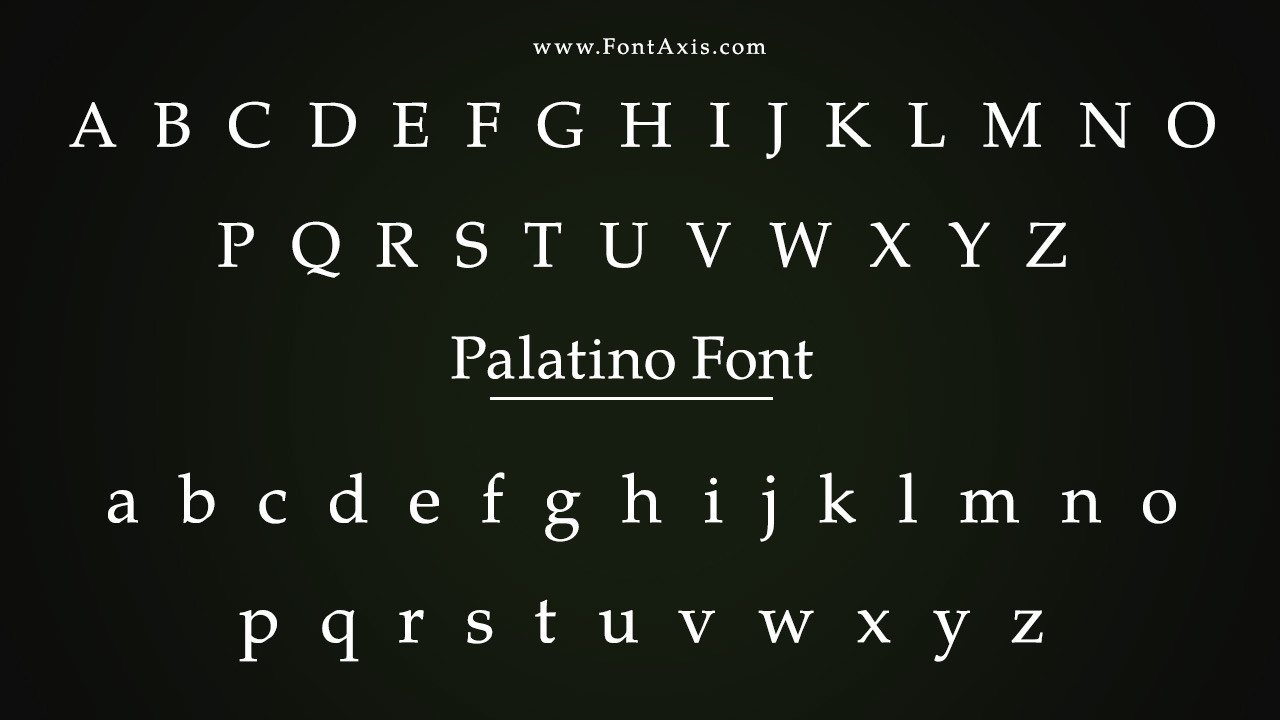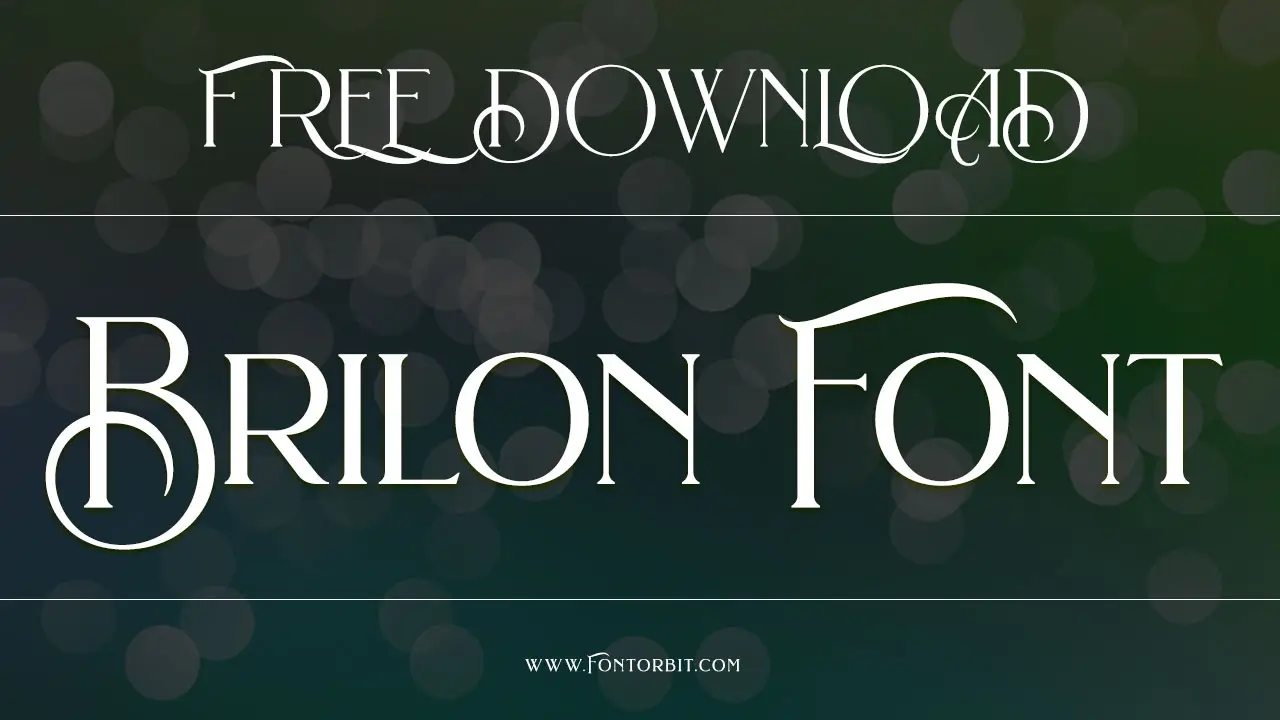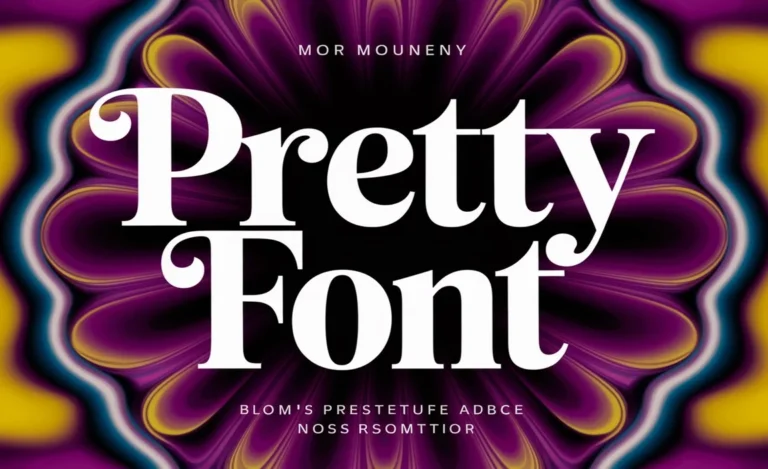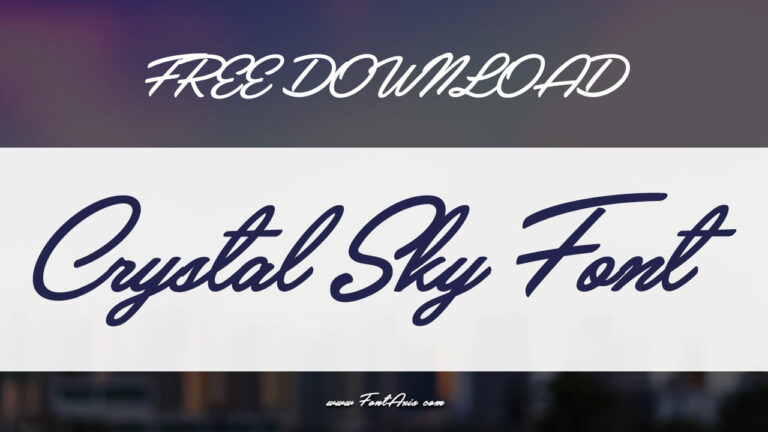The Palatino Font, designed by Hermann Zapf in 1948, is a classic serif font influenced by the Italian Renaissance calligraphy of Giambattista Palatino.
Originally created for Heidelberger Druckmaschinen AG, it has evolved into various versions like Palatino Linotype, Palatino Nova, and Palatino Sans, known for their elegance and legibility. The font’s serif typeface and humanist design make it ideal for body text, printed materials, and modern design projects. Fonts like Times New Roman, Book Antiqua, and URW Palladio are often considered similar.

Palatino Font Information
| Attribute | Details |
|---|---|
| Name | Palatino Font |
| Style | Serif |
| Designer | Hermann Zapf |
| License | SIL Open Font License |
| File Format | OTF, TTF, SVG, PNG |
| Available As | Google Fonts, Adobe Fonts |
Palatino Font Family And Styles

The Palatino Font family is versatile, encompassing several styles like:
- Palatino Roman
- Palatino Pro Light
- Palatino Pro Light Italic
- Palatino Pro Roman
- Palatino Pro Italic
- Palatino Pro Medium
- Palatino Pro Medium Italic
- Palatino Pro Bold
- Palatino Pro Bold Italic
- Palatino Pro Black
- Palatino Pro Black Italic
These styles offer flexibility for use in headings, body text, and design elements.
Character Map And Special Characters
Palatino supports multiple languages and includes special characters and ligatures, enhancing its adaptability for both editorial and digital projects. Palatino’s 1 style design has also expanded through Palatino Nova and Palatino Sans, incorporating modern font features like small caps and refined serifs.
Where Palatino Font Is In Use
Due to its timeless aesthetic, Palatino is widely used in:
- Book typography
- Branding
- Web design
- Printed materials
Similar Fonts
Similar fonts to Palatino include:
- DaunPenh
- Antiqua
- Hüsrev Hattı Arapça
- Galisteo
- XB Kayhan
Custom And Commercial Use
While Palatino is available through Google Fonts and Adobe Fonts for free use in personal and commercial projects, custom fonts or modifications may require additional licensing. Here are some tips to help you navigate the licensing process:
- Check License Terms: Always review the font’s specific license agreement, especially for commercial projects. While Palatino is free for most uses, modifying the font or using it in large-scale commercial projects may require purchasing a license.
- Use Official Sources: To ensure you’re using Palatino legally, download it from trusted platforms like Google Fonts or Adobe Fonts. These sources often provide the correct licenses for both personal and commercial use.
- Commercial Use Considerations: If you plan to use Palatino in logos, brand identities, or large-scale advertising campaigns, confirm that your use is covered by the commercial license. In some cases, you may need to acquire a separate license if you’re planning to alter or distribute the font.
- Font Modification: If you’re modifying Palatino (e.g., creating custom variants or adding new characters), ensure you have the necessary permission. Most free licenses don’t cover font modification, and doing so without proper authorization could lead to legal issues.
- Stay Updated: Licensing terms may change, so it’s wise to stay updated on any changes to Palatino’s licensing by checking the official website of the font provider or distributor.
Conclusion
Palatino Font remains a timeless serif typeface, known for its blend of classical calligraphy and modern design elements. Its multiple styles, versatility in text and design projects, and free availability via Google Fonts and Adobe Fonts make it a popular choice for both print and web applications.
Whether for body text or branding, Palatino offers elegance and readability across different mediums, embodying the essence of Renaissance typography. Its legacy endures, evolving with modern iterations like Palatino Linotype and Palatino Nova.
FAQs
1.Is The Palatino Font Free To Use?
Yes, it is available for free under the SIL Open Font License, allowing personal and commercial use.
2.What Formats Are Available For Palatino?
Palatino is available in OTF, TTF, SVG, and PNG formats.
3.Does Palatino Support Multiple Languages?
Yes, Palatino supports a broad character map including special characters and ligatures.
4.What Fonts Are Similar To Palatino?
Fonts like Times New Roman, Book Antiqua, and Iowan Old Style share similarities with Palatino.
5.Can I Use Palatino In Web Design?
Absolutely. Palatino is available on Google Fonts and Adobe Fonts for web and digital projects.
6.What’s The History Behind Palatino?
Hermann Zapf designed Palatino in 1948, drawing inspiration from Italian Renaissance calligraphy.
7.What Is The Best Font Pairing With Palatino?
Palatino pairs well with sans-serif fonts like Gill Sans and Helvetica for contrast.













